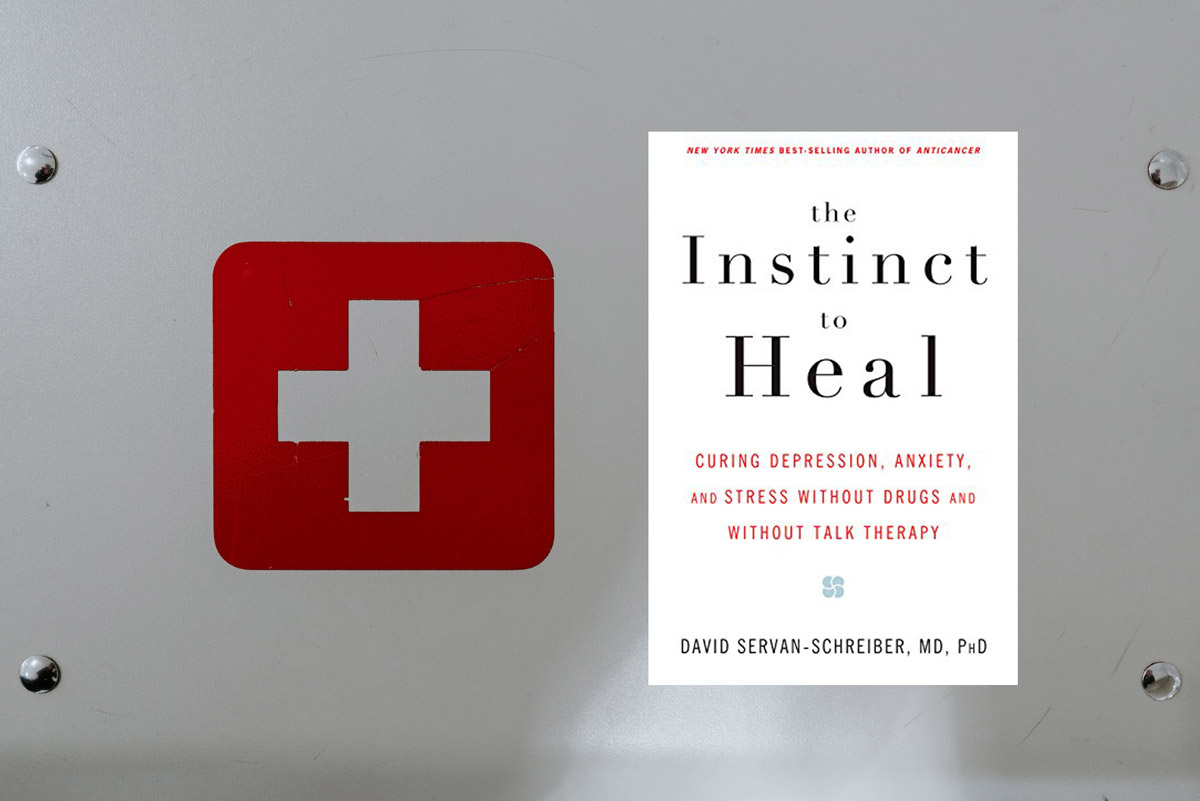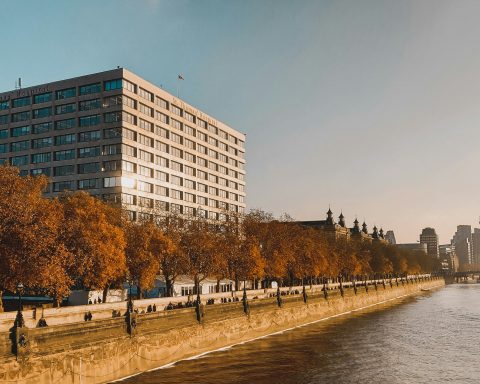
Continuity is a recurring theme in the research published here in the BJGP. It often crops up as a recommendation for good practice when authors describe the clinical implications of their research in general practice. We know (from that research) that higher continuity is associated with lower mortality rates, reduced healthcare costs, higher patient satisfaction, safer prescribing and reduced hospitalisations. But what about patient safety?
Patient safety investigations provide a chance to reflect on the root causes of incidents to determine if there are opportunities for preventing harm in the future. The Health Services Safety Investigations Body (HSSIB) recently published a patient safety report which focusses on one case, of Brian, a 67 year old man with a complex history of dementia, schizophrenia and a learning disability, alongside a previous diagnosis of breast cancer. From April 2018 to August 2020, Brian consulted repeatedly in general practice with severe back pain, seeing seven different GPs at his practice and two out of hours GPs alongside physiotherapists and accident and emergency staff.
Patient safety investigations provide a chance to reflect on the root causes of incidents to determine if there are opportunities for preventing harm in the future.
The tragedy underlying this patient safety report is that Brian’s back pain was due to metastatic breast cancer resulting in spinal cord compression, a diagnosis that the HSSIB report suggests was missed due to a lack of joined up care and continuity.1 The HSSIB report highlights that because there are no agreed targets, financial incentives, or framework for delivering continuity of care, continuity is delivered in various forms across the UK if it is done at all. The report makes a direct safety recommendation that the GP contract should explicitly include and support the need for GP practices to deliver continuity of care to improve patient safety, which is an important shift in the discourse around continuity.
With no specific requirement or incentive to provide it, continuity falls down the list of priorities in practice, especially given increasing challenges with access and workforce. Continuity has steadily declined in English general practices over the past decade.2 A common refrain from those on the ground is that GPs see the benefits of continuity of care but can’t see how to deliver it in practice. To counter this view, Luke Sayers and his colleagues at Whitley Bay Health Centre recently wrote into the BJGP and described how they achieve high levels of continuity of care, running personal lists with 82% of all appointments with a patients’ regular GP.3 Practices that decide to operate using a personal list system often recognise the benefits and choose to invest energy into working this way outside of their contracted services and funding, something that requires constant commitment and management focus. Practices with high continuity speak to the benefits not only to patients, but to staff, with increased staff retention and improved staff welfare. So why aren’t practices and clinicians rushing to take forward this way of working when the benefits seem to be evident?
The paradox of access and continuity
An inescapable truth is that relational continuity has taken a hit due to the increasing focus on rapid access to care. Indeed, one of the GP partners in Brian’s practice highlighted this tension, telling the HSSIB investigation that their practice had to balance an aspiration towards continuity with timely access to care. But what do we mean by access anyway? It’s not just timely access that counts, but convenience and access to a patients’ choice of practice and professional. And are access and continuity mutually exclusive? Not necessarily. Where some see this as a tension, others see it as a paradox of access. Jennifer Voorhees has published research here in the BJGP looking at this paradox of access, and told me in a recent podcast that while policies about access have undermined continuity by prioritising rapid access, we need to refocus our attention on unmet need and restore continuity of care to improve patient satisfaction and staff retention to help reduce unnecessary work in practice.4 A recent Nuffield Trust report mirrored this view, suggesting several strategies to promote continuity of care while improving access. But these are not easy fixes, and involve workforce design to broaden practice skill mix and introduce micro-teams, and improve service and organisational design to take advantage of scale and ensure services meet patient need. And crucially, introducing or maintaining continuity needs firm clinician and patient buy-in.5
Where to next with continuity?
A common refrain from those on the ground is that GPs see the benefits of continuity of care but can’t see how to deliver it in practice.
Currently, the GP contract does not specifically require practices to maintain high levels of relational continuity. But with negotiations ongoing for the new GP contract, the BMA is currently surveying GPs and GP trainees on their views on whether continuity of care should be included in the new GP contract. The survey asks respondents if continuity of care is important to them, whether they feel they can provide continuity, and around some of the perceived barriers to its implementation. The survey also asks respondents whether continuity should be included in any new contract, and whether it should have direct core practice funding and support, new non-core funding, be see just as an aspiration but not an objective measure, or if it shouldn’t be included in GP contracts at all.6 The results will hopefully help us understand GP buy-in to continuity, better understand its barriers, and take it forward (or not) in any future contract negotiations.
The BMA is not the only organisation looking towards how continuity fits into future GP contracting. The UK Health and Social Care Select Committee conducted an inquiry into the future of general practice in 2022-23, and through its evidence, concluded that continuity of care is one of the most important goals for NHS general practice and needs to be an explicit national priority to reverse the recent decline in continuity. One of the recommendations from the Select Committee is that NHS England should introduce a national measure of continuity to first identify where to focus improvement efforts and thereby where to target support. The Committee also suggests that NHS England should fund Primary Care Networks (PCNs) to appoint a continuity lead for one session a week to support PCN practices to increase their levels of continuity, with a specific uplift for PCNs in areas of high deprivation. Overall, the cross-bench committee tabled a goal to get 80% of practices back to personal lists by 2027, and re-introduce personal lists in the GP contract from 2030.7
Failing to take action
Like any inquiry, hindsight is 20/20 when looking back at a series of potentially missed opportunities. Not every case is Brian’s case, but it serves as fair warning that a lack of continuity of care contributed to his delayed diagnosis and that a failure to take action to improve continuity could lead to future patient safety incidents. With an ongoing perceived tension between access and continuity and no current incentives towards it, a lot needs to change at policy, organisational and clinician levels to refocus continuity of care as a priority in practice. So, for now, the challenge remains. We know, I think, what is the right thing to do, but we need the backing to start to take action.
References
- Investigation report: Continuity of care: delayed diagnosis in GP practices. Health Services Safety Investigations Body; 2023.
- Tammes P, Morris RW, Murphy M, Salisbury C. Is continuity of primary care declining in England? Practice-level longitudinal study from 2012 to 2017. Br J Gen Pract. 2021;71(707):e432-e40.
- Sayers LD, Richardson S, Colvin D, Pearson J, Davidson E, Berry H, et al. Realistic not romantic – real-world continuity in action. Br J Gen Pract. 2024;74(738):11-2.
- Voorhees JB, S.; Waterman, H.; Checkland, K. A paradox of access problems in general practice: a qualitative participatory study. British Journal of General Practice. 2024.
- Palmer WH, N.; Rosen, R.; Keeble, E.; Williams, S.; Paddison, C.; Imison, C. Improving access and continuity in general practice: Practical and policy lessons. London: Nuffield Trust; 2018.
- General Practice: Your Career – Your Future: British Medical Association; 2023 [
- The future of general practice. Health and Social Care Committee; 2022.
Photo by Luis Villasmil on Unsplash








